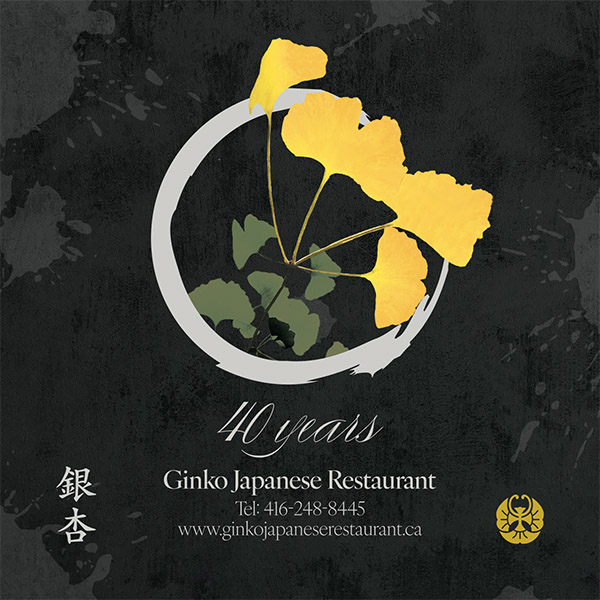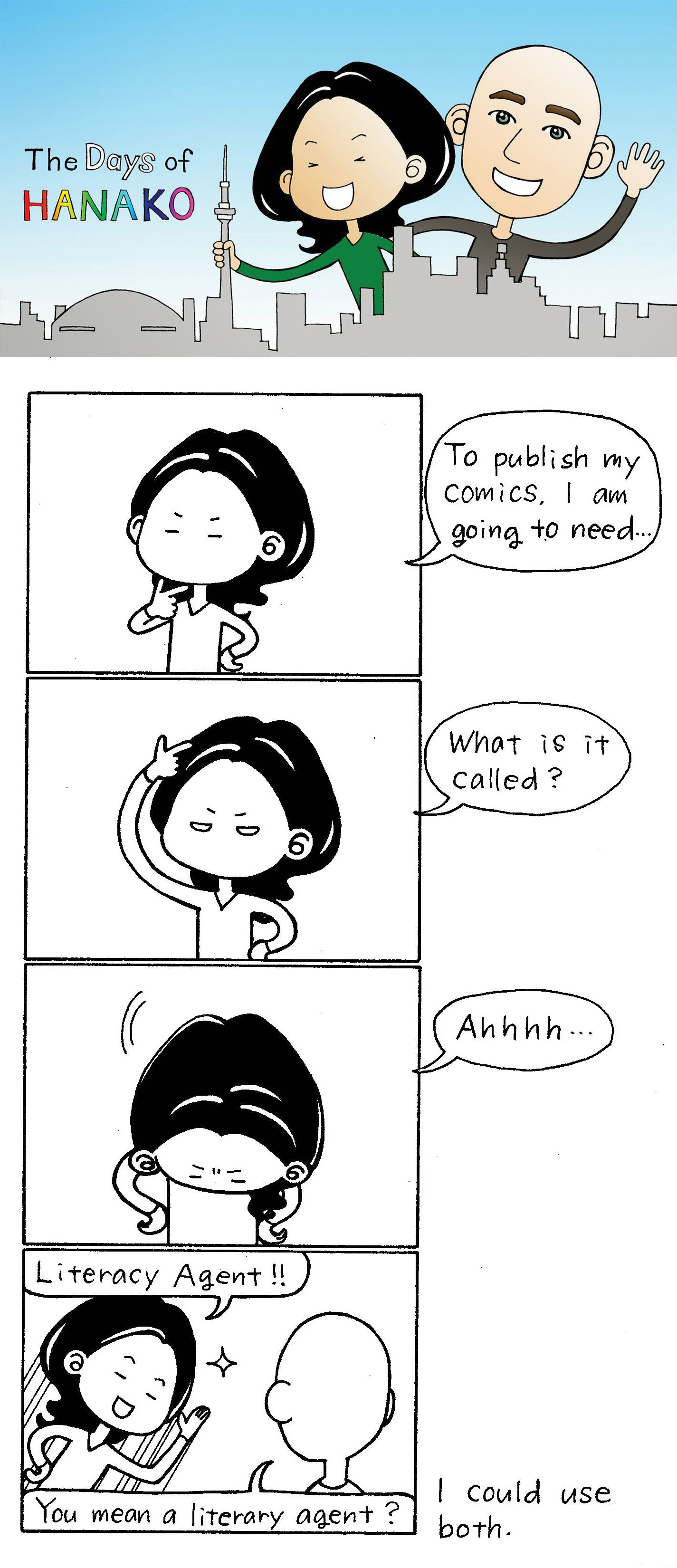Author Hiromi Goto on the power of voicing underrepresented characters in graphic novel form with her new book, Shadow Life. Photos courtesy Hiromi Goto.
VANCOUVER — Writer and editor Hiromi Goto is a first-generation Japanese Canadian immigrant who lives in Lekwungen Territory (Vancouver Island). She has an impressive collection of work that includes novels, essays, children’s books, a collection of short stories, poetry, and most recently, a graphic novel.
Genre-hopping is something Goto does both out of necessity, as she doesn’t always have the time to commit to writing a novel, and curiosity.
“It [short stories and poetry] doesn’t take as much time for the entire project, so that was probably more of a pragmatic thing on my part. That’s not to say it’s easier to write those forms. It’s just a different kind of relationship with time,” Goto tells Nikkei Voice in an interview.

Author Hiromi Goto.
Her first novel, Chorus of Mushrooms, was published in 1994 and received the Regional Commonwealth Writers’ Prize for Best First Book, and was the co-winner of the Canada–Japan Book Award. Much of Goto’s work focuses on the experiences of Japanese Canadian women.
“A lot of my stories often have a strong, older woman as an important figure,” says Goto.
Chorus of Mushrooms explores the Japanese Canadian immigrant experience through three generations of women; Kappa Child is the story of four Japanese Canadian sisters who struggle with family bonds; Shadow Life is about an older Japanese Canadian woman who is determined to live life on her own terms; and many of her other works feature characters of Japanese and Asian ancestry.
Though times are changing, and more diverse books are being published, Goto is very aware of the solid foundation of whiteness established in literary fiction culture and feels a certain responsibility in bringing her voice to readers.
“I do feel committed to focusing primarily on stories with characters of Japanese ancestry. There’s a long history of erasure or racist distortion in publishing and film. It’s going to take a long time to undo this damage,” says Goto.
Goto’s most recent book, Shadow Life, is a graphic novel published in March 2021. Her children’s love of manga-inspired this project.
“I was curious about the writing experience of it. How it would differ from writing a novel…I was also curious about the constraints of the form,” she says.
The novel tells the story of Kumiko Saito, an elderly bisexual Japanese Canadian woman who escapes from her assisted-living facility and is determined to live an independent life, despite her daughters’ concerns. She realizes her body is not as strong as it once was, but she still enjoys her freedom—decorating her apartment the way she likes, cooking her own meals, ignoring her daughters’ frantic messages, going swimming, and taking her medication.

The cover of Hiromi Goto’s graphic novel, illustrated by Ann Xu, Shadow Life.
Kumiko soon notices that Death’s shadow is following her, and she must fight back. The beautiful and expressive black-and-white illustrations by Ann Xu work with the text to weave an incredibly emotional story that is at once humourous, heartbreaking, and empowering.
“It was really important to me that Shadow Life was drawn by an artist of Asian ancestry. Just because of particulars around the intimacy of your bodily experience of the world as a person of Asian ancestry,” Goto explains. “I felt that an Asian North American artist who is a woman would be able to tap into that and express more fully the feel of Kumiko’s character. She really captured the spirit of it. Ann’s just amazing.”
Kumiko is an interesting, complex, and layered protagonist. We see her desire for independence, her relationship with her daughters, her awareness and acceptance of her aging body, her reconnection with her ex-lover Alice, and the ways she interacts with the people she comes across on her journey. Kumiko is a person who is not typically the main character in popular literature and media, and because of this, the graphic novel is a particularly powerful medium for a story like this one, explains Goto.
“With the graphic novel, I really wanted to have an older woman of Asian background front and centre. And because it’s a graphic novel, you actually visually see her if you’re sighted. That, I think, is a very powerful image,” says Goto. “You can actually see that she is a racialized woman, she’s older, and she’s fat. How often do we see someone like her as the hero of her story in popular culture? Never.”
This character was inspired in part by Goto’s grandmother.
“My own obachan was a very big influence in my life and the cornerstone of our family. I feel a strong connection to her. A strong sense of gratitude, and she’s also the toughest person I know.”
Goto is a writer who has contributed greatly to the Canadian literary landscape. Through her work in various genres, readers gain better understandings of Japanese Canadian experiences and a fuller understanding of Canadian history and society. Goto continues to explore genres and write compelling stories that diversify Canadian literature. Her current projects include a second graphic novel and creative non-fiction.
***
To learn more about Hiromi Goto visit her website, www.hiromigoto.com.







 11 Aug 2021
11 Aug 2021
 Posted by Melissa Kawaguchi
Posted by Melissa Kawaguchi 















2 Comments
[…] Hiromi Goto explores a not-so-typical hero in her new graphic novel […]
[…] more accessible during the COVID-19 pandemic. Past seasons have featured guests such as Ruth Ozeki, Hiromi Goto, Tetsuro Shigematsu, and Randall […]